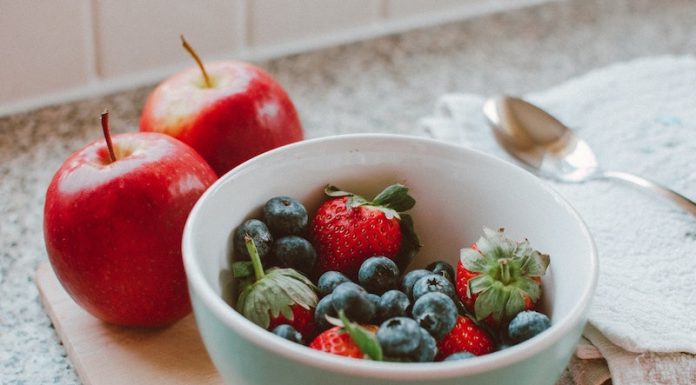
Sodium is an essential mineral found in many foods we eat. However, consuming too much sodium can lead to health problems like high blood pressure, heart disease, and stroke.
That’s why it’s important to learn about sodium in foods and find ways to reduce your sodium intake.
This article will provide you with easy-to-follow tips to help you achieve your sodium goal and make healthier food choices.
Understanding Sodium
Sodium is a mineral that occurs naturally in foods, but it’s also added to many processed and packaged foods. Most of us consume more sodium than we need, often without realizing it.
The daily recommended limit for sodium intake is less than 2,300 milligrams, which is equivalent to 100% of the Daily Value (DV) listed on Nutrition Facts labels.
Tip 1: Read the Nutrition Facts Label
One of the simplest ways to control your sodium intake is by reading the Nutrition Facts label on packaged foods. Look for foods that contain less than 100% DV of sodium per serving. This means you’re choosing products that are lower in sodium.
Tip 2: Prepare Your Own Food
Whenever possible, prepare your meals at home. Avoid using packaged sauces, mixes, and instant products like flavored rice or ready-made pasta.
These often contain high levels of sodium. When cooking, limit the amount of table salt you add to your dishes. Instead, try using no-salt seasoning blends, herbs, and spices to add flavor to your food.
Tip 3: Choose Fresh Options
Opt for fresh meat, poultry, and seafood over processed versions. Check the packaging of fresh meat and poultry to see if salt water or saline has been added, as this can increase the sodium content.
When it comes to vegetables, choose fresh, frozen (without sauce or seasoning), or low-sodium or no-salt-added canned options.
Reducing Sodium in Canned Foods
For canned foods like beans, tuna, and vegetables, rinse them under running water before eating. This simple step helps remove some of the sodium.
Additionally, select low-sodium or no-salt-added nuts, seeds, and snack products as healthier alternatives to salty snacks like chips and pretzels. You can also snack on fresh vegetables like carrots or celery sticks.
Consider Your Condiments
Condiments can be hidden sources of sodium. Choose light or reduced-sodium condiments, and consider using oil and vinegar on salads instead of bottled dressings, which often contain high levels of sodium.
When using seasoning packets, use only a small amount instead of the entire packet to control your sodium intake.
Portion Control
Remember that smaller portions mean less sodium. When cooking at home, prepare smaller servings, and be mindful of portion sizes when dining out. You can also share an entrée with a friend or take part of your meal home for later.
Lower-Sodium Choices at Restaurants
When dining at restaurants, be proactive about your sodium intake. Ask for your meal to be prepared without table salt, and request that sauces and salad dressings be served on the side.
This allows you to control how much you use. Additionally, inquire if nutrition information is available and choose options that are lower in sodium.
Conclusion
Reducing your sodium intake can lead to better health and a reduced risk of various medical conditions.
By following these simple tips and making informed food choices, you can gradually decrease your “taste” for sodium over time and achieve your sodium goal.
Remember that small changes in your diet can have a big impact on your overall well-being. So, start today, and take steps towards a healthier and more sodium-conscious lifestyle.
Follow us on Twitter for more articles about this topic.
Copyright © 2023 Scientific Diet. All rights reserved.





